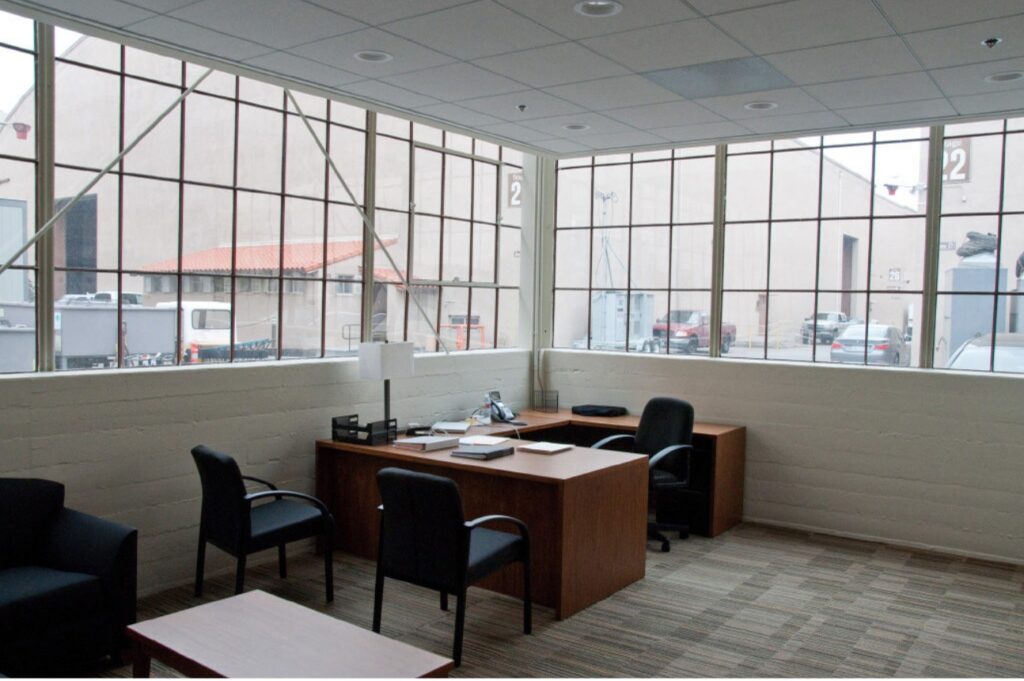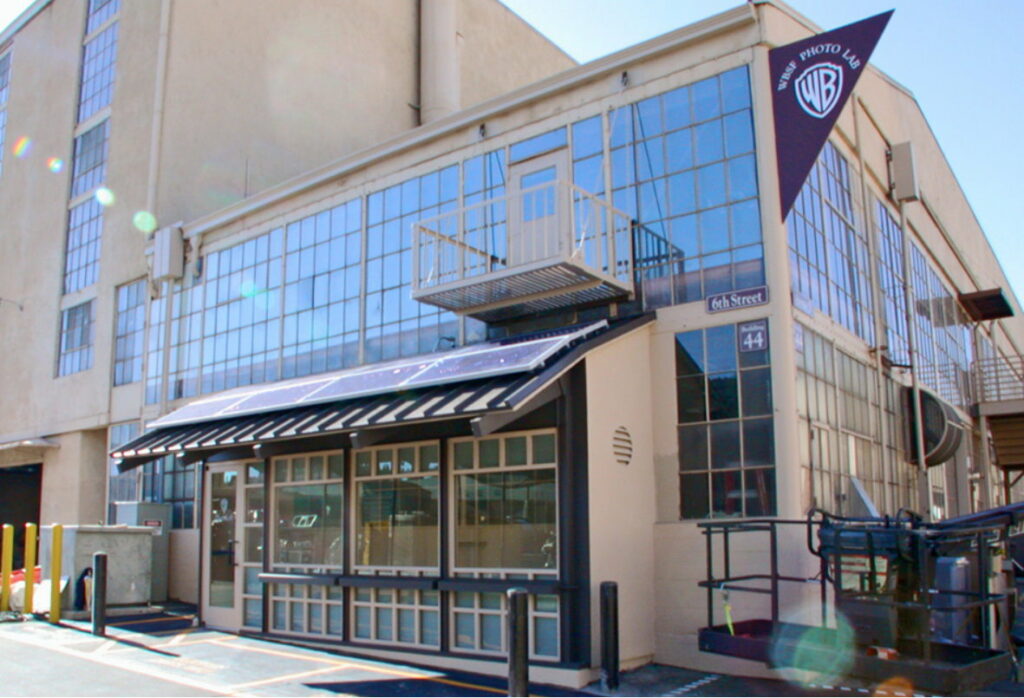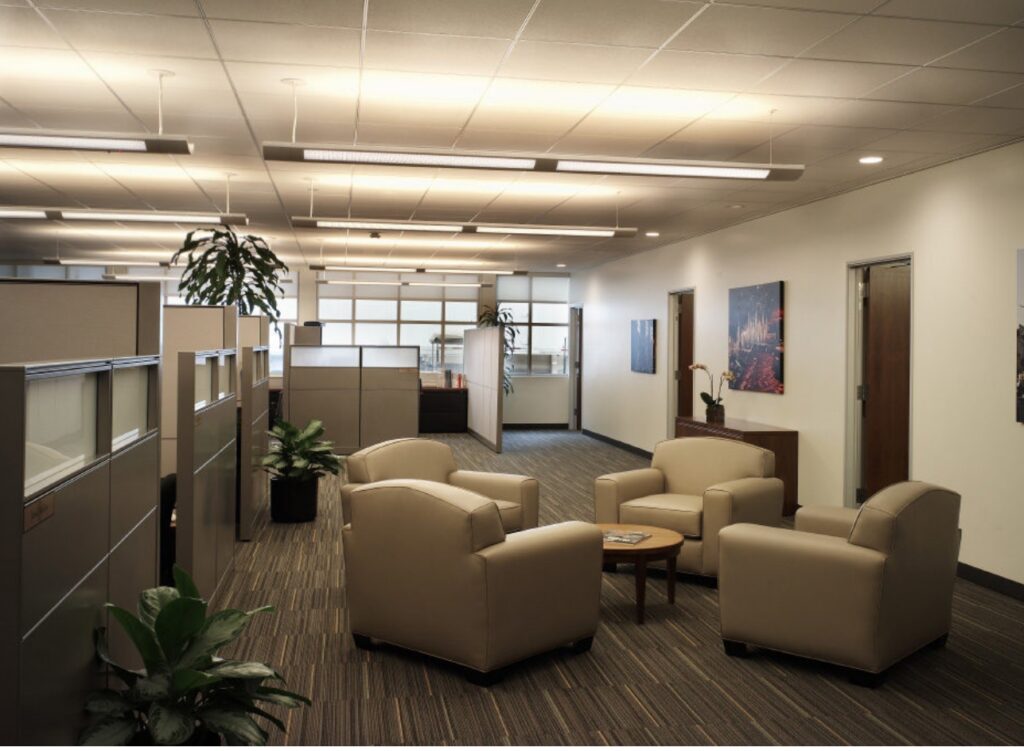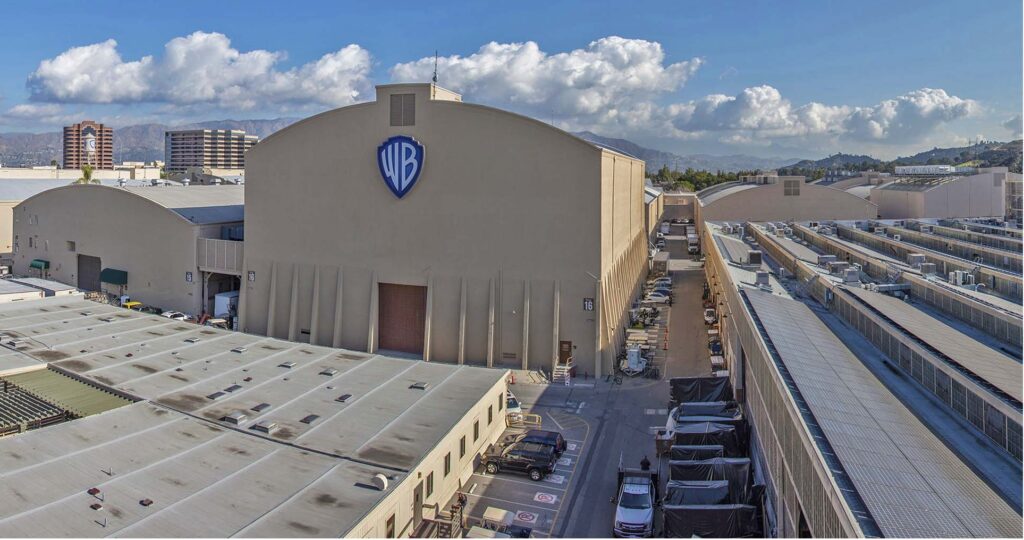Warner Brothers special effects, Stage 5. The Warner effects facility was a proud one, though it’s not a facility that is ever really discussed or given a ‘pat on the back’. It’s really only when one studies the back catalogue and realises not just the pictures they worked on but the often amazing visual effects which were created for these acclaimed shows and on the lesser productions. Cinematographer Byron Haskin had a long association with Warner Brothers right back to the early twenties on many silent pictures. Among his film credits was visual effects cameraman on THE ADVENTURES OF ROBIN HOOD and many, many more, Haskin assumed directorship of the effects unit in 1937, taking over the reins from Fred Jackman. In an interview Haskin wrote that …”almost every department in the studio had it’s counterpart in the special effects unit. We had our own designers, art directors, set building facilities and our own camera and electrical crews. The department also had its own film laboratory, cutting facilities, business office and even its own writers”. Of course pirate films were the bread and butter of Jack Warner, and the studio produced a number of these, all with great miniature work and matte shots. Titles such as CAPTAIN BLOOD and THE SEA HAWK being the most popular. Anton Grot Art Direction at Warner Bros. “Anton Grot was a gifted and talented artist who made beautiful charcoal drawings…of the set before it was completed. All his compositions showed a full shot of each set, with all the delicate tones and shadings that suggested ideas for lighting and, in general, were of great help to me as a cameraman.” One of my first jobs was with Anton Grot’s it was on the film set of Mildred Pierce, as a set stills photographer. It was Anton Grot’s that called me over and introduces me to Hurrell I never got to know Hurrell he left Hollywood briefly to make training films for the First Motion Picture Unit of the United States Army Air Forces. When he returned to Hollywood in the mid-1950s his old style of glamour had fallen from favour and it was stills photographers like me that had taken over the work. This was a Curtiz movie, the outstanding film noir with Joan Crawford; MILDRED PIERCE is a striking example of mid-forties matte design and effects work.
Matte artist Paul Detlefsen painted the glass shots on this picture – and a large number of them there were at that. A few of them are shown here though the film has many more. Detlefsen was a highly productive matte artist, and from my count of his partial filmography he painted on no less than fourteen shows at Warners in 1945 alone – and some of these were big effects shows, such as MILDRED PIERCE. Again Detlefsen credits his cameraman John Crouse for such shots “John was the great unsung hero of our department who loved every challenge and never failed to find a way of doing the impossible…a flawless technician and inventor, loved by all who knew him”. I first made the acquaintance of Ann Blyth on the film set of the filming of Mildred Pierce, (1945). Warner Bros had borrowed Ann for this film.
It was Anton Grot’s that called Ann over and introduce me. It was later that year filming Danger Signal , (1945). But burring filming, Ann Blyth suffered a broken back whiles sledding, this all happed while she was on a briefly vacationing in Snow Valley 14 miles from Lake Arrowhead.
It was Joan Crawford that let Ann swim in her pool. Ann and I would go there all the time swimming, exercising. She said Crawford was always gracious, generous, a supportive actress who understood that this was a big change for Ann Blyth, a big opportunity for her, and she wanted the film to work and she wanted Ann to do well. I would push her around in that wheelchair day after day I would take Ann over in my car. It was also at that time I made the acquaintance of Charlie Marie Gordon we also have been friends for a very long time.



